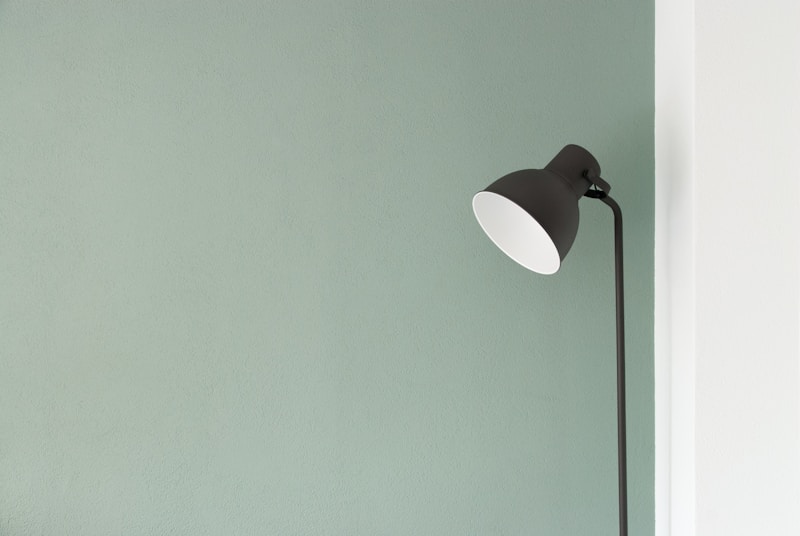Modern vs. Traditional Styles: A Comprehensive Guide to Choosing the Right Aesthetic for Your Space
Understanding Modern and Traditional Styles
When it comes to interior design, two prominent styles often emerge in discussions: modern and traditional styles. Each offers a unique aesthetic and emotional appeal, but they serve different purposes and preferences. This article aims to provide an in-depth analysis of modern vs. traditional styles, helping you determine which might be best for your space.
The Essence of Modern Style
Modern style, often associated with minimalism, emerged in the early to mid-20th century. It emphasizes clean lines, simplicity, and a clutter-free space. Here are some key features:
- Simplicity: Modern design embraces a less-is-more philosophy, focusing on essential elements only.
- Functionality: Every piece in a modern space serves a purpose, contributing to the overall functionality of the design.
- Natural materials: This style favors materials such as steel, glass, and wood that highlight the beauty of natural textures.
- Neutral color palettes: While bold colors can be used as accents, modern designs typically feature a base of neutrals like grays, whites, and beiges.
Popular Modern Design Elements
| Element | Description |
| Sleek Furniture | Modern designs use low-profile furniture with geometric shapes. |
| Open Spaces | Modern interiors often utilize open floor plans to create a sense of freedom. |
| Natural Light | Large windows or skylights are used to bring in abundant natural light. |
The Charm of Traditional Style
In contrast, traditional style draws inspiration from the past, often mirroring the aesthetics of 18th and 19th-century Europe. It emphasizes comfort, warmth, and a sense of belonging. Key characteristics include:
- Rich Color Palettes: Traditional spaces usually feature rich and deep colors, such as burgundy, navy, and forest green.
- Ornate Details: Intricate moldings, carvings, and other decorative elements play a central role.
- Classic Furniture: Traditional designs often include antique or vintage furniture, conveying a sense of history.
- Layered Textures: Traditional spaces make use of various fabrics and textures, such as velvet, brocade, and heavy drapes.
Elements of Traditional Style
| Element | Description |
| Formal Layouts | Rooms are organized symmetrically for a timeless appeal. |
| Decorative Accessories | Items such as porcelain vases, classic art pieces, and area rugs are common. |
| Natural Elements | Traditional designs often incorporate wood features, from flooring to cabinetry. |
Modern vs. Traditional: Aesthetic Preferences
Your choice between modern and traditional styles often boils down to personal preference and lifestyle. If you favor simplicity, clean lines, and a contemporary ambiance, modern style may suit you best. On the other hand, if you cherish warmth, familiarity, and classic designs, traditional style may resonate more with your aesthetic.
Factors to Consider When Choosing
Several factors can influence your decision:
- Space Size: Modern designs can make small areas feel more spacious, while traditional styles may bring warmth and comfort to larger and more complex spaces.
- Usage: Consider how you use the space. Modern styles may suit active lifestyles, but traditional styles foster relaxation and conviviality.
- Budget: Depending on your budget, sourcing modern furniture can range in cost, while traditional pieces, especially antiques, can be quite pricey.
Merging Modern and Traditional Styles
Some homeowners opt for a hybrid style, seamlessly merging modern and traditional designs. This approach allows for creativity and personalization while capitalizing on the advantages of both styles. For instance, using a traditional sofa but pairing it with modern art pieces can create an interesting focal point and a balanced aesthetic.

Common Questions about Modern vs. Traditional Styles
Here are some frequently asked questions that may help clarify your understanding:
- Can I mix modern and traditional styles?
Yes! Mixing both styles can result in a unique and personalized ambiance. - What are some modern versus traditional paint colors?
Modern spaces often use whites and grays, while traditional spaces favor rich jewel tones. - Is modern style more expensive than traditional?
Not necessarily; it highly depends on your choice of materials and furnishings.
Conclusion
When choosing between modern and traditional styles, it's essential to consider your space, lifestyle, and personal tastes. Both styles offer unique benefits and can significantly influence the mood of your home. Think about what resonates with you, and don’t hesitate to experiment with hybrid designs for a truly individualized approach. Always consult professionals, where necessary, and invest smartly to create a home that reflects your personality and values.
In summary, understanding the nuances of modern vs. traditional styles can empower you to make informed decisions for your living space. Remember to balance aesthetics with functionality to create an environment that is both beautiful and practical. Happy decorating!